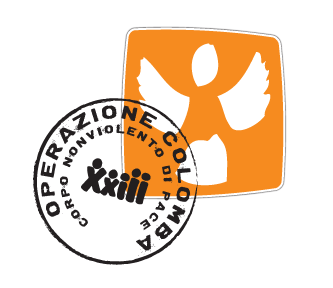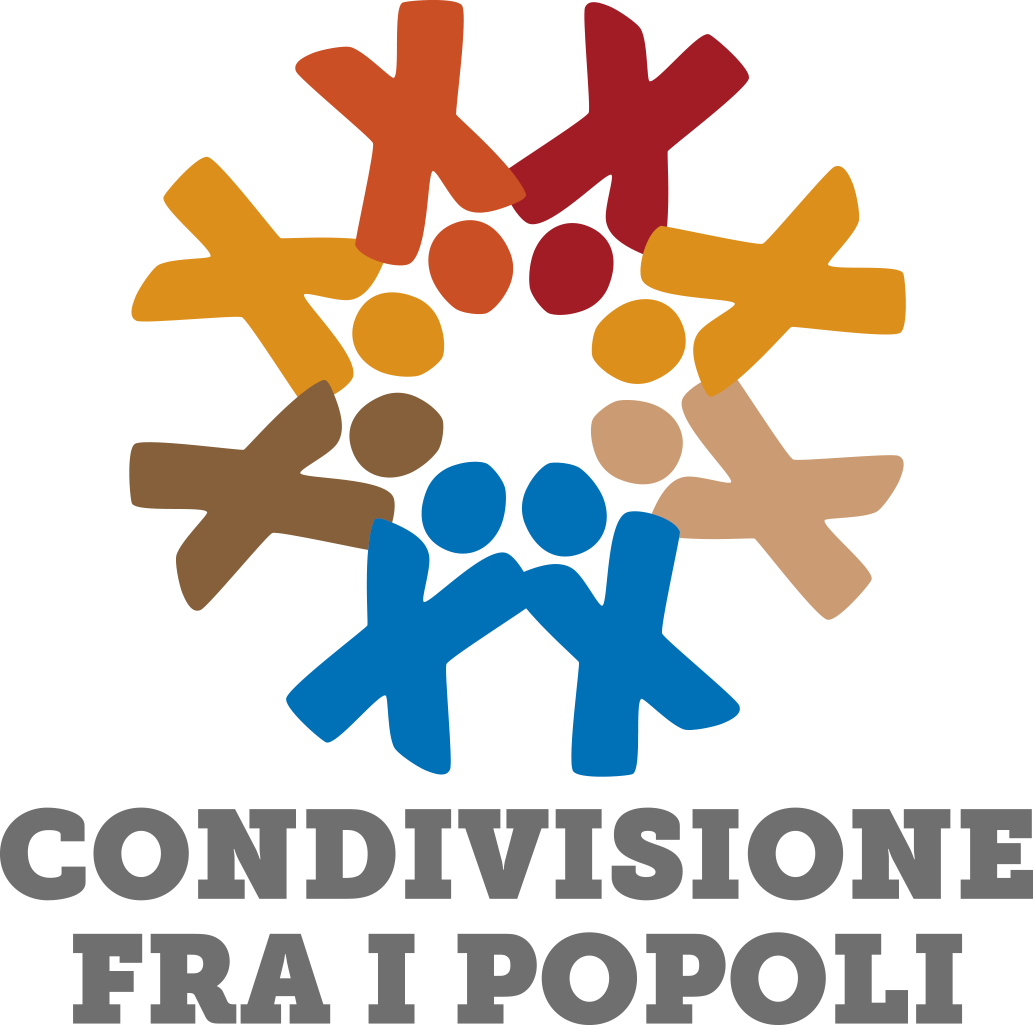
The paramilitary groups came on Saturday. More specifically, they came on Saturday, 8th July 2000. They entered the village of Union, where dozens of families from the Peace Community had just come back after spending a lot of time in San José to feel safe during the conflict. They came, and were coordinated by the Brigada XVII of the army. There were twenty hooded paramilitary soldiers and they came in the afternoon, around 3 p.m.. They gathered all the people in the square of the village, shouting and asking who their leaders were. The members of the Community replied all together that there was no leader, as everyone was the leader.
So the armed soldiers chose 7 men randomly: Rigoberto Guzman, his brother Jaime Guzman, Elodino Rivera, Diofanor Diaz Correa, Humberto Sepulveda, Pedro Zapata and Eliecer Guzman, who was only fourteen, and was Rigoberto’s and Jaime’s nephew.





 OPERAZIONE COLOMBA
OPERAZIONE COLOMBA
